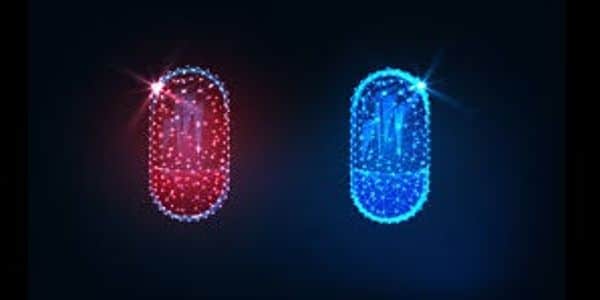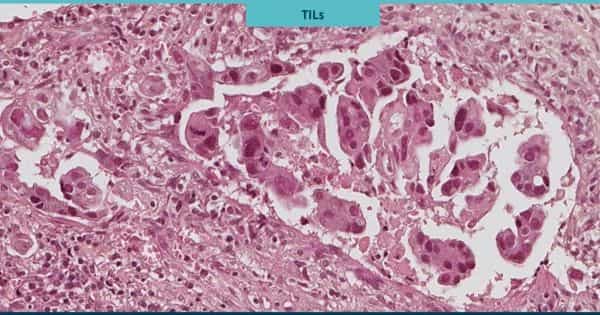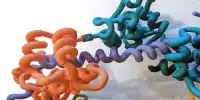Researchers have developed a new tissue section analysis system to diagnose breast cancer based on artificial intelligence (AI). For the first time, morphological, molecular, and histological data are integrated into a single analysis. In addition, the system provides clarification of the AI decision-making process in the form of heat maps.
Explainability is one of the most widely debated issues when it comes to the use of artificial intelligence (AI) in healthcare. Although AI-driven systems have been shown to outperform humans in certain analytical tasks, the lack of explanation continues to provoke criticism.
Researcher developed a new tissue-section analysis system for diagnosing breast cancer based on artificial intelligence (AI).
Researchers at Charité-Universitätsmedizin Berlin and TU Berlin, as well as at the University of Oslo, have developed a new tissue section analysis system for the diagnosis of breast cancer based on artificial intelligence (AI). Two further developments make the system unique: For the first time, morphological, molecular and histological data are integrated into a single analysis.
Second, the system provides clarification of the AI decision-making process in the form of heat maps. Pixel by pixel, these heat maps show which visual information has influenced the AI decision-making process and to what extent, thus enabling physicians to understand and assess the plausibility of the results of the AI analysis. This represents a decisive and crucial step forward for the future regular use of AI systems in hospitals. The results of this research have now been published by Nature Machine Intelligence.
The treatment of cancer is increasingly concerned with the molecular characterization of tumor tissue samples. Studies are conducted to determine whether and/or how the DNA of the tumor tissue as well as the gene and protein expression of the tissue sample have changed. At the same time, researchers are increasingly aware that cancer progression is closely related to intercellular cross-talk and the interaction of neoplastic cells with surrounding tissue—including the immune system.

Although microscopic techniques allow the study of biological processes with a high degree of spatial detail, they allow only a limited measurement of molecular markers. Rather, they are determined by using proteins or DNA taken from tissues. As a result, spatial detail is not possible and the relationship between these markers and microscopic structures is usually unclear. “We know that in the case of breast cancer, the number of immigrated immune cells known as lymphocytes in tumor tissue has an impact on the patient’s prognosis. There are also discussions as to whether this number has a predictive value-in other words, if it allows us to say how effective a particular therapy is,” says Prof. Dr. Frederick Klauschen of the Charité Institute of Pathology.
“The problem we have is this: we have good and reliable molecular data and we have good histological data with a high degree of spatial detail. What we have not yet had is a decisive link between imaging data and high-dimensional molecular data,” adds Prof. Dr. Klaus-Robert Müller, professor of machine learning at TU Berlin. Both researchers have been working together for a number of years now at the national AI center of excellence the Berlin Institute for the Foundations of Learning and Data (BIFOLD) located at TU Berlin.
It is precisely this symbiosis that the newly published approach makes possible. “Our system facilitates the detection of pathological changes in microscopic images. In parallel to this, we are able to provide accurate heatmap visualizations showing which pixel in the microscopic image contributed to the diagnostic algorithm and to what extent, “Well, explains Prof. Müller.
The research team also succeeded in significantly further developing this process: “Our analysis system has been trained using machine learning processes so that it can also predict different molecular characteristics, including the condition of DNA, gene expression and protein expression in specific tissue areas, based on histological images.
Explain capability is a highly debated issue with far-reaching implications that extend beyond the technical properties of AI. Next on the agenda are certification and further clinical validation-including tests in the routine diagnosis of tumors. However, Prof. Klauschen is already convinced of the value of the research: “The methods we have developed will make it possible to make histopathological tumor diagnoses more accurate, more standardized and qualitatively better in the future.”















